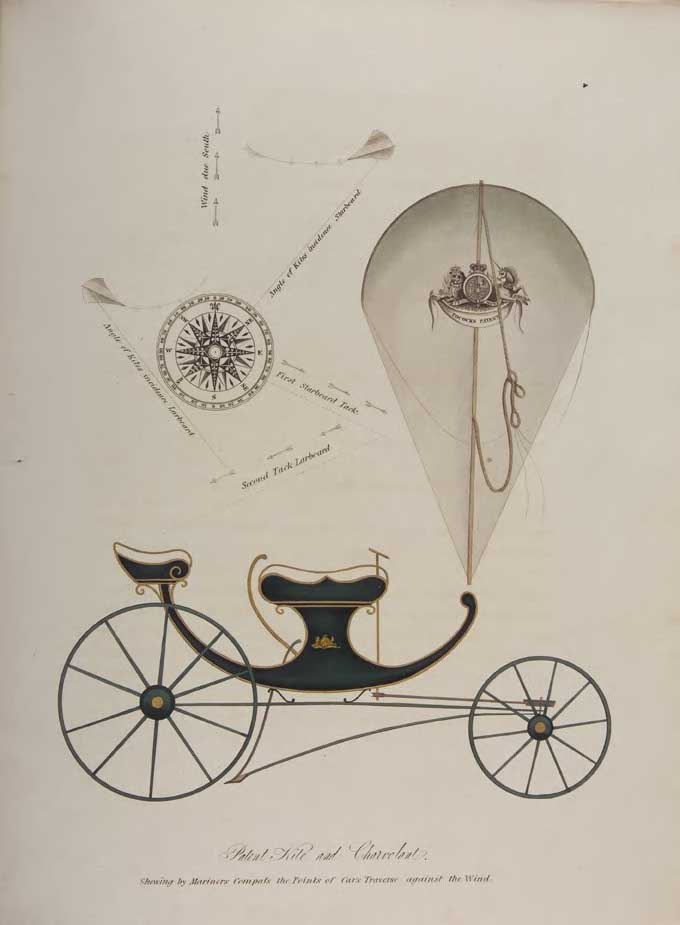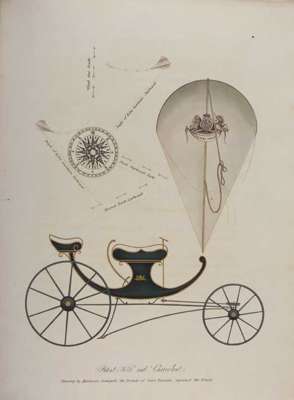
Lot 411

POCOCK George


Auction: 1 February 2005 at 11:00 GMT
Description
The aeropleustic art, or navigation in the air, by use of kites, or buoyant sails ... 1st edition, engraved titlepage with large hand coloured vignette, 3 hand coloured plates (one heightened with gold), original quarter vellum, paper boards, printed paper label on the upper cover, edges a little worn, text with some spotting, 4to., Bristol, 1827
Note: George Pocock was a schoolmaster at a school for boys in Bristol called Prospect Place Academy. Described as the father of kite traction, his main extra-curricular interest was inventions and kites. Pocock invented and patented the "charvolant", a carriage that would be pulled by two kites rather than horses. Pocock also explains the mechanics, construction and the power of kites.
Pocock propounds several uses for kites. Their application by sea included serving as auxiliary sails to the navy, trading vessels and merchantmen. He also suggests using kites in the case of a shipwreck, using them to drop anchor. Pocock is probably best known for his invention of the Char-volant, a lightweight carriage that would be pulled along by two kites attached by controllable lines rather than horses. The name for this apparatus came for the French for kite, cerf-volant, and the French for carriage, char. This carriage could allegedly reach speeds of twenty miles per hour.

